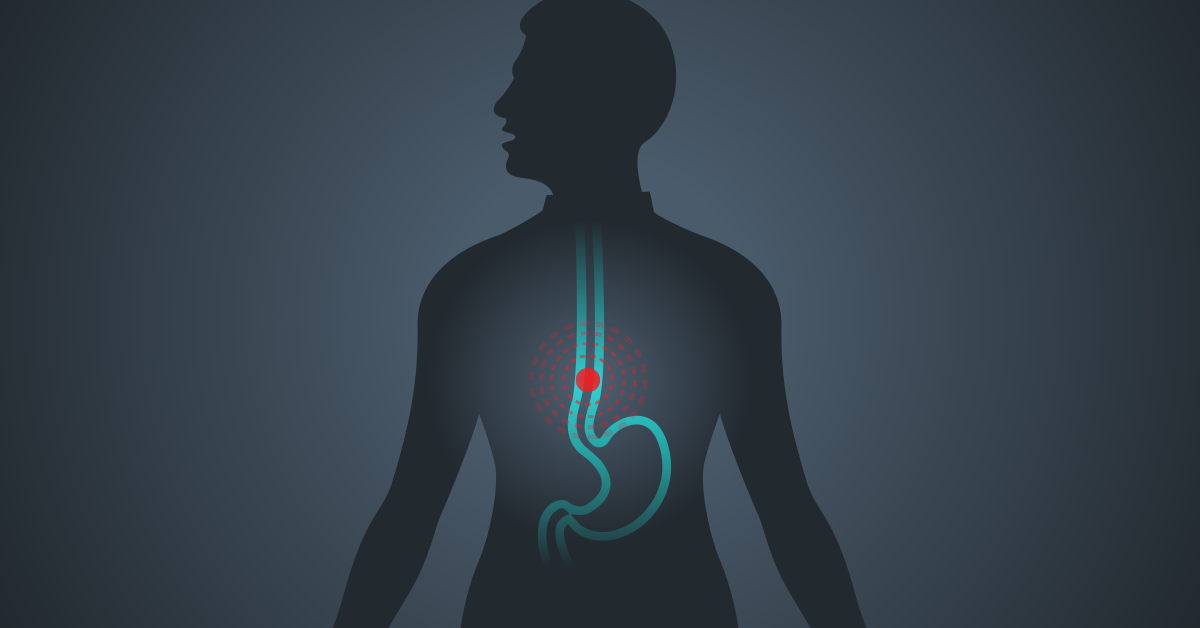
Muscles that move or contract involuntarily and do not require cognitive control are called involuntary muscles. The majority of involuntary muscles are linked to the automatic activities of internal organs such as the digestive tract, the heart, and the lungs.
The lower esophageal sphincter`s principal function is to protect stomach acid and food from backing up into your mouth. Acid reflux is often caused by LES dysfunction, in which the esophagus is inflamed by acid reflux or bile. Because of the two structures it joins, the lower esophageal sphincter is also known as the gastroesophageal sphincter or gastroesophageal junction. Because of its closeness to the heart, it is also known as the cardiac sphincter.
These lower esophageal sphincters could be in nature of either anatomical or functional. Anatomical lower esophageal sphincters function by constricting a thicker muscular ring. This structure is evident regardless of the sphincter’s condition. It is detectable during an examination.
Functional lower esophageal sphincters, on the other hand, do not get the same thickening ring. They still retain a round muscle that constricts around or within them. However, because it is not thickened, the specialized structure cannot be identified visually as a sphincter unless it is constricted. When it is relaxed, it resembles the surrounding tissues.
Somatic nerves, which are part of the somatic nervous system, offer nerve supply to voluntary lower esophageal sphincters. Autonomic nerves, which are components of the autonomous nervous system, stimulate involuntary lower esophageal sphincters. It is concerned with automatic processes, such as the functioning of glands and major organs.

The esophagus, often known as the gullet, is a muscular tube that links your mouth and stomach. It measures between eight and ten inches in length and has a sphincter at either end—the upper and lower esophageal sphincters.
A sphincter is a muscular ring that protects or seals the closure of a tube. You have a number of them together in your digestive tract and elsewhere in your body. They regulate the liquid flow, solids, and gases. The lumen is the entrance of a sphincter. The muscle reduces and the lumen shuts when the sphincter contracts. The sphincter muscle lengthens and opens the lumen as it relaxes.
The esophagus begins at the base of the pharynx or throat. It then drops beneath the trachea or windpipe following the heart. It then goes through the diaphragm, a membrane located directly below the lungs.
The lower esophageal sphincters are located underneath the diaphragm, near the bottom of the esophagus, and on top of the stomach.
Except when you swallow, the lower esophageal sphincter stays open. Then it opens to enable food to enter the stomach. When you swallow, various structures respond by blocking the airways, preventing food particles from entering your lungs. When food reaches the throat, both esophageal sphincters open. After your meal has passed past the upper esophageal sphincter, the esophageal muscles utilize a wavelike action (called a peristaltic wave) to force it downhill and through the lower esophageal sphincter to the stomach. After swallowing, the LES remains open for around five seconds. The valve then shuts, preventing meal and enzymes from flowing back into the esophagus.
The lower esophageal sphincter is involved in the following medical conditions:
Gastric acid and meal particles might eventually rise up into your esophagus if the lower esophageal sphincter does not shut securely enough. This is known as acid reflux.
If you experience regular heartburn, it is critical that you address it. The acid might harm your esophagus over time. GERD is an extreme condition of acid reflux that, if left untreated, can lead to significant problems.
GERD impacts people of various ages for a variety of causes, some of which are unknown. It is frequently caused by a lifestyle issue, although it can also be caused by reasons that can still be avoided.
A hernia is one unpreventable cause. A hole inside the diaphragm permits the upper portion of the abdomen to enter the chest cavity, causing GERD.
Other potential risk factors are easier to manage:
Diagnostic testing for issues with the lower esophageal sphincter includes:
See Also: What are Functional Gastrointestinal Disorders
The lower esophageal sphincter is a circular muscle located at the junction of the esophagus and the stomach. Its function is to prevent stomach contents from spilling into the esophagus and mouth. Whereas if the lower esophageal sphincter fails to function correctly, you might develop disorders such as GERD, wherein stomach acid rises and irritates the esophagus.